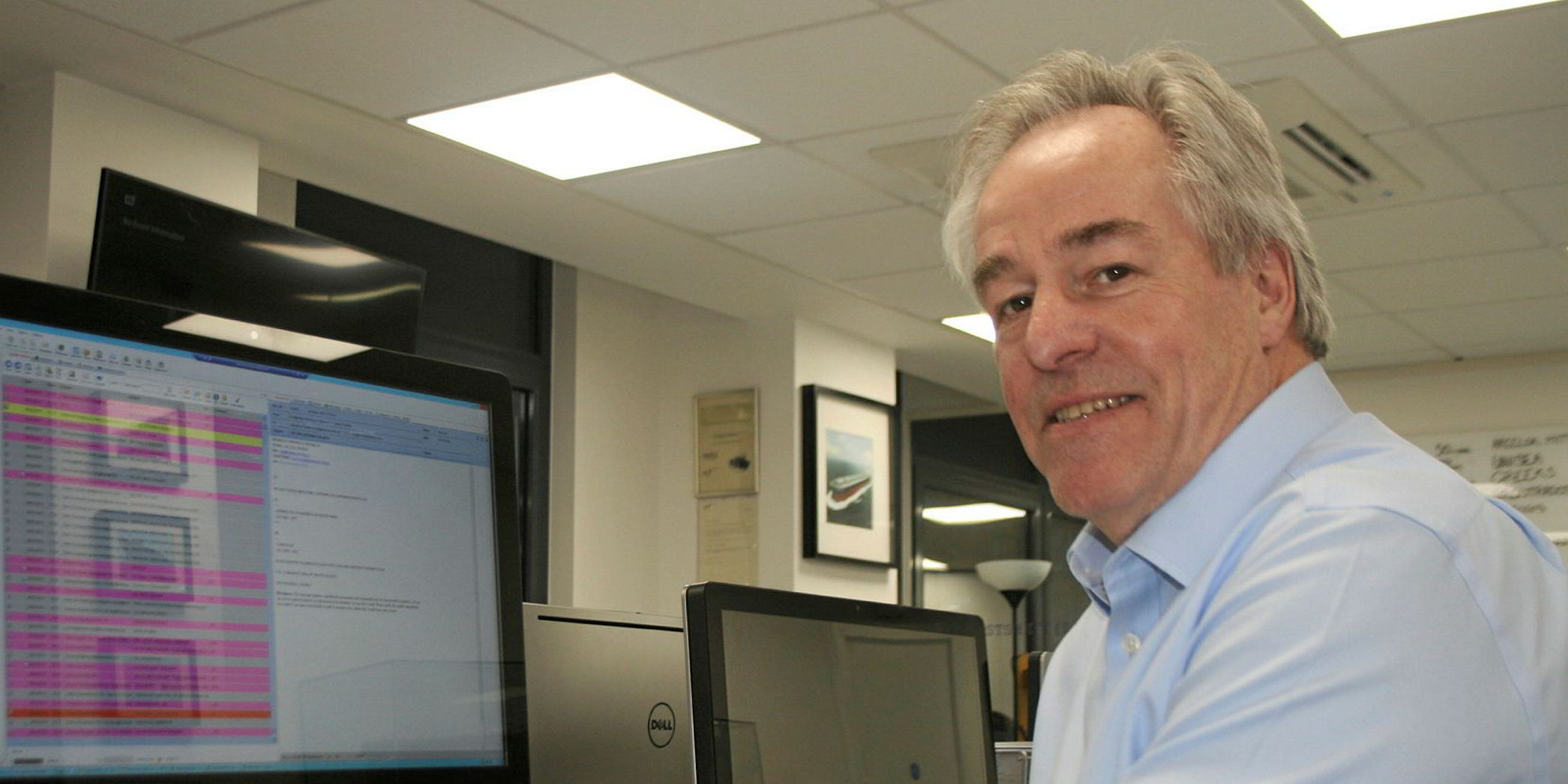Two of shipping’s best-known broking shops have launched digital platforms that aim to bring trading processes together in one place – without replacing human brokers.
Clarksons, the world’s largest shipbroker, has launched Sea.Live, a web-based app for the “seamless” management of fixtures from start to finish.
Meanwhile, Freight Investor Services (FIS), a specialist in forward freight agreements (FFAs), has launched the FIS Screen, which combines pricing visibility and trade execution for commodity and freight derivatives.
Both platforms keep the human broker at the centre of their respective systems, enhancing the conventional broking process and stripping out inefficiencies.
One-stop shops
In developing its trading screen, FIS told TradeWinds it saw the need for a system that would combine pricing and trade execution on one platform.
The screen enables users to fully manage risks along the trading and logistics chain, the company said, but retains the broker “at the heart of the trade process”.
“Our clients can access the screen and put on trades, but the FIS broker will be the link to making the trades and providing the follow-up,” John Banaszkiewicz, founder of FIS, told TradeWinds.
In a similar sort of way, Clarksons’ Sea.Live comprises a suite of tools within its single web-based platform that can be used in combination to digitise workflows and make them more efficient.
This includes tools for market reports and intelligence; trade execution, document management and performance monitoring.
To launch the online platform, the broking firm has established Maritech Development Ltd, a separate and autonomous business of which several key Clarksons personnel are directors, including the firm’s chief financial officer Jeff Woyda.
Human after all
The FIS screen’s human heart is critical in ensuring the system will have lasting success, according to Banaszkiewicz.
“The FFA market has seen a number of attempts to introduce digital technology to the trading process, few of which have attracted strong support,” he explained.
“Maintaining the relationship between FIS brokers and our clients but bringing new transparency to the market has benefits for all parties – while supporting the continued role of the broker.”
This year to date has been a particularly apt time to launch the trading screen, according to Banaszkiewicz, who said FFAs have “tremendous” value in shipping.
“Increased volatility in the dry bulk and tanker markets – driven by one-off events, global macro trends and regulation – will mean the need to hedge risk will be stronger than ever,” he explained.
The next stage in the evolution will be to take the platform to smaller screens, he told TradeWinds.
“Mobility is probably the biggest trend in our market — whether it’s for information gathering and analysis or ultimately for trading — so there will be a lot more focus on providing this kind of service to clients wherever they are,” said Banaszkiewicz.
Jeff Woyda was unable to respond to TradeWinds’ request for comment on the Sea.Live platform in time for publication.





